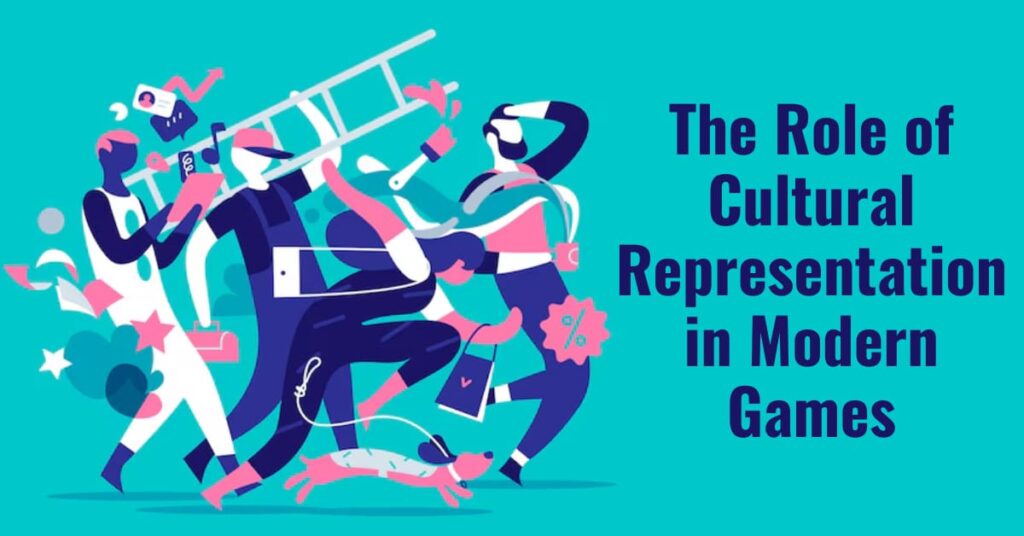
Successful game designers are game designers who create gorgeous, immersive environments. In the fast growing gaming business, game artists are creating the characters, settings, and aesthetics that captivate gamers. To enter game art, however, means work, expertise, discipline, not just creativity. It is game art fundamentals.
1. Become artistic
Gaming artists need to be have their heads in the clouds and be very creative… To become a game artist, you need to hire character, environmental, idea and 2D/3D modeling skills.
Learn Traditional Art Skills.
Digital gaming also requires sketching, drawing, and painting. As game artists sketch concepts, they need anatomy, composition and color theory.
Digital Tools Know
Digital technologies are used by game artists. You need Photoshop, Blender, Maya, ZBrush and Substance Painter. They make 3D modeling, texturing, and creating graphic assets much easy.
Create a Portfolio
It is the game artist’s portfolio that gets them hired. It shows you your game design and art skills. Add these to your portfolio:
- Animations, character concept drawings and detail models.
- You have a good show of your deep world building in your land, your backdrops, your settings.
- Create textures, 3D models and props.
- People, settings, and stories as drawings and paintings.
- Innovation and skill are good to show in portfolios too. There are many styles that you can show your art direction flexibility.
2. Game Design Fundamentals
We must become video game artists to be game designers.
Study Game Mechanics and UX
Working with developers, designers, and producers means game artists must always be involved with the development. To understand game mechanics and how visual gets carried by the gameplay to the usability. By knowing how art seriously impacts player immersion, navigating and plot, you reap the benefits.
Cooperating with Teams
It’s all about collaboration, whether you’re 5 or 35. Programmers, designers and game artists all work together. Understanding how these obligations impact productivity will make it easier to be a more productive and flexible artist.
3. For job applications, a well curated portfolio gives an impressive game art portfolio. Unique portfolio advice:
Quality over Quantity
Your portfolio should be short and provide the best work you’ve done. Do that work your best, showing your variety and competence.
Personalise your work portfolio
There may be preferences from gamemakers. Desired studios or corporations fit should match your portfolio.
Presenting Process/Concept
Employers want effort and smarts. Prove you are creative and problem solving with drawings, concept art and progression shots.
Professional work leads to higher impressions. Make real game objects.
4. Experience and network are gained that are relevant to your development.
The networking and skill are needed for game artist jobs.
Personal and Freelance
Your deadline and creative talents may be demonstrated with a portfolio of freelance or personal projects. Art games, mod projects, or even small teams together and show initiative and dedication with your art.
Beginners’ jobs and internships
Networking, and experience at game studio internships and entry level positions. This is the goal of game development internships, they are an opportunity to gain practical experience, networking and process knowledge.
Follow other game artists on ArtStation, DeviantArt, and LinkedIn. You may get a job by sharing work, joining forums and networking with industry leaders.
5. Understand Your Resume and Application
Like your CV and cover letter, game developers must love you.
Promote Your Unique Skills
Your CV should promote creativity, experience as well as software skills. Features creative personal or freelance work.
Match CV to Job
Game creators and companies have their reasons. For each application, your CV, cover letter and portfolio should all be led by the studio’s goal.
Cooperation and Communication
Game creation is a team work, so you can mingle with the artists, designers and developers to make your app more special.
6. Test and interview prep
Prep after an interview.
Show problem-solving
As game art is made of time, imagination, and technology, it is limited. You ought to display problem solving and feedback skills.
This will help in improving Technical skills and portfolio.
Your process and portfolio. It knows industry protocols.
Show enthusiasm
The kind of people game companies want are people who like games, want to hear about new tech, and who is willing to learn. Get real industry respect and show real interest.
Conclusion
Game artists do well only through talent, effort and strategy. Innovation, portfolio, experience, networking, and a bit of application polish are just what it takes for success. Studying game creation is a fascinating world full of stay motivated, leverage industry talent, and stay motivated.